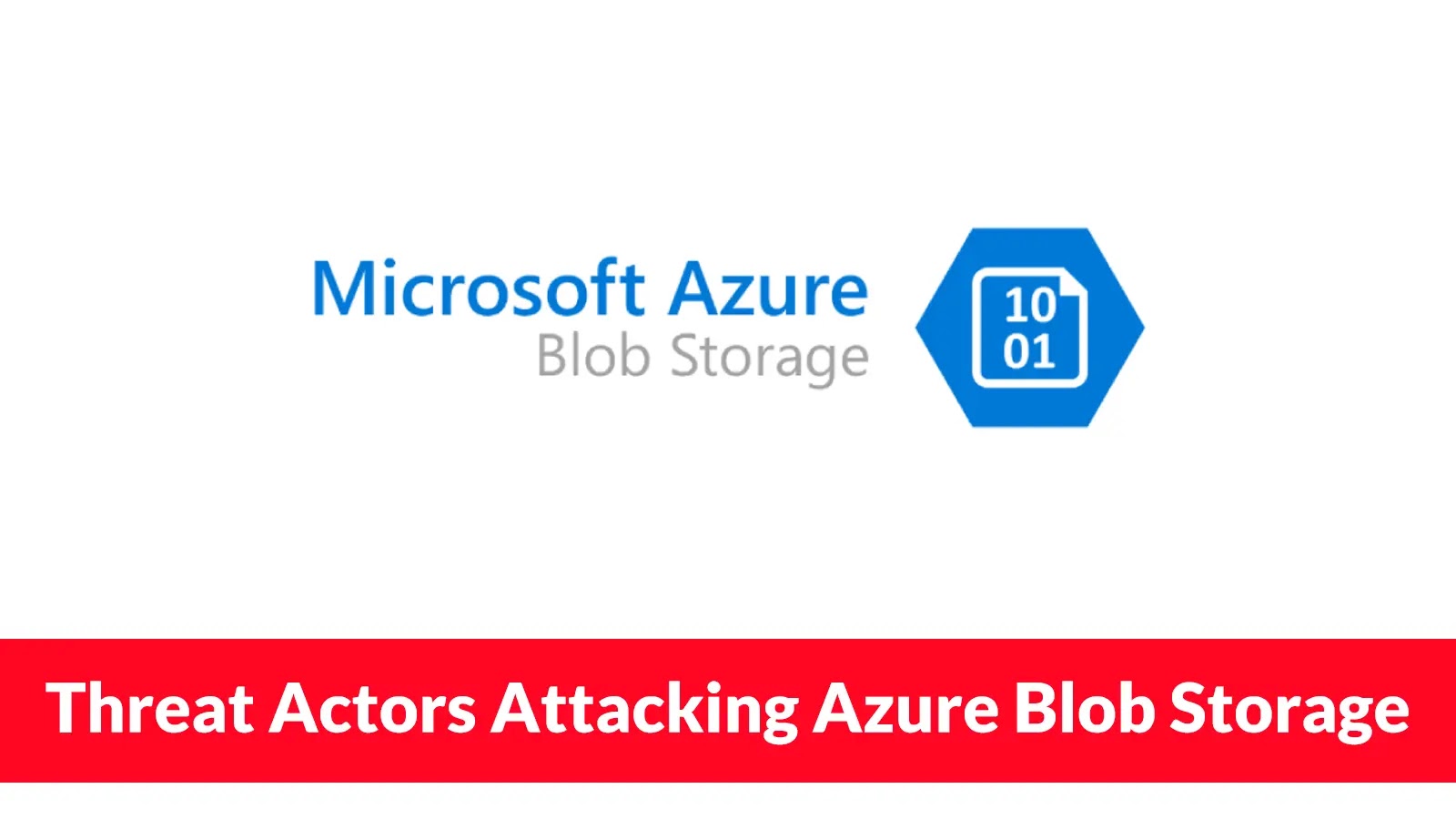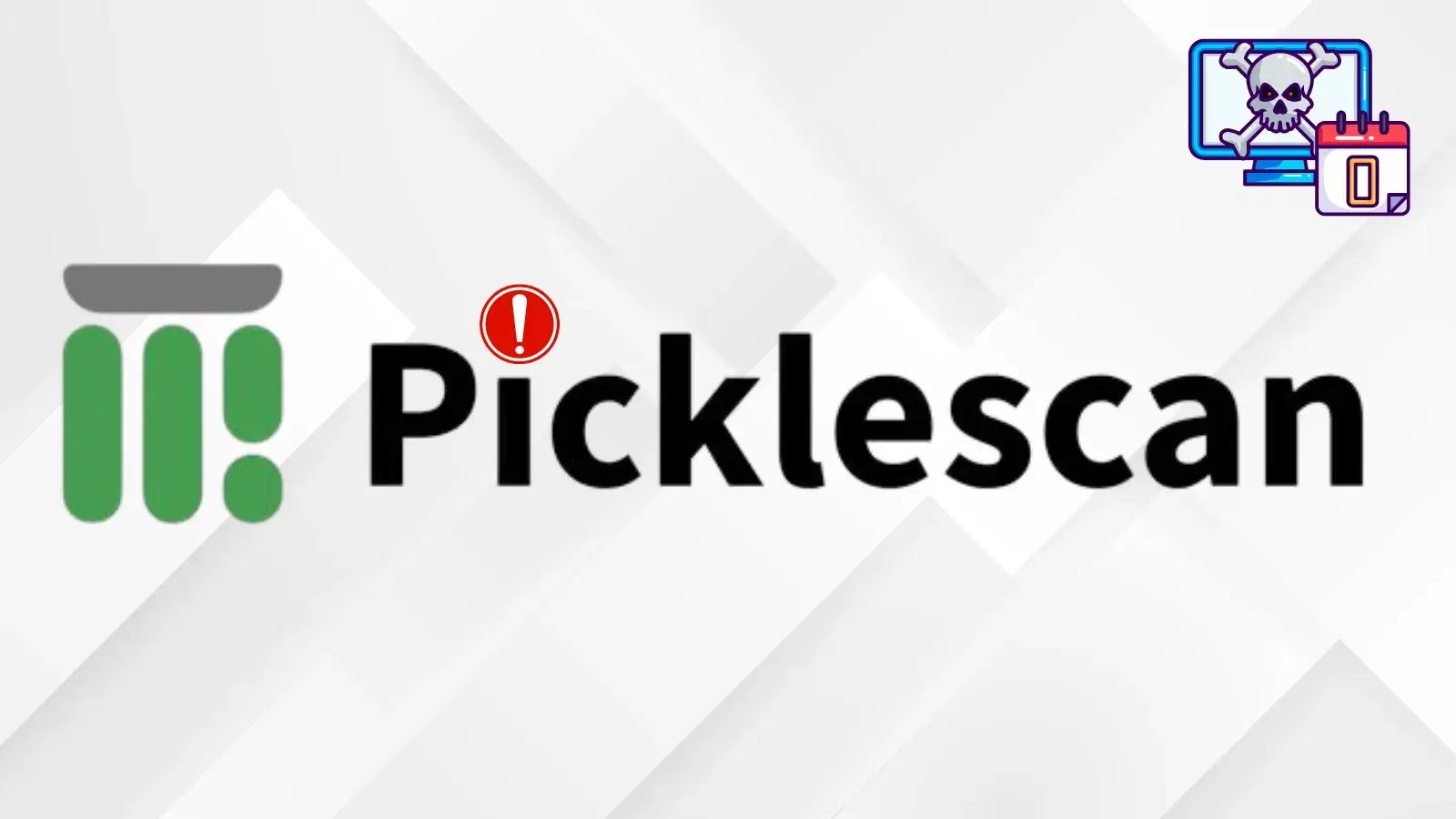Cybersecurity experts have uncovered a sophisticated campaign where malicious actors are exploiting compromised credentials to infiltrate Azure Blob Storage containers. This strategy targets organizations’ critical code repositories and sensitive data, posing significant risks to intellectual property and operational integrity.
Understanding Azure Blob Storage
Azure Blob Storage is a cloud-based service provided by Microsoft, designed for storing large amounts of unstructured data such as text and binary data. Organizations utilize this service to store and manage data that can be accessed over the internet. Its scalability and integration capabilities make it a popular choice for businesses of all sizes.
The Emerging Threat Landscape
Recent findings indicate a shift in cyberattack methodologies, with threat actors moving beyond traditional endpoint-focused attacks to target enterprise storage systems like Azure Blob Storage. This evolution underscores the need for organizations to reassess and fortify their cloud storage security measures.
Attack Methodology
The identified campaign typically commences with credential harvesting through phishing schemes and malware-based information stealers. Once attackers obtain initial access, they conduct reconnaissance to identify Azure Blob Storage instances with weak or default access policies. Subsequently, they systematically enumerate containers to locate valuable repositories, configuration files, and backup data.
SharkStealer and EtherHiding Techniques
A critical component of this operation involves SharkStealer, a Golang-based infostealer that employs an advanced communication technique known as EtherHiding to evade traditional detection mechanisms. This malware utilizes the BNB Smart Chain Testnet as a command-and-control dead-drop, retrieving encrypted command instructions through smart contract calls rather than direct domain-based communications.
Technical Analysis of EtherHiding in Azure Attacks
The sophistication of these operations lies in the combination of traditional credential theft with blockchain-based obfuscation techniques. SharkStealer initiates contact with BNB Smart Chain nodes using Ethereum JSON-RPC calls targeting specific smart contracts. The malware executes eth_call requests to predetermined contract addresses, receiving tuples containing an initialization vector and encrypted payload. Using a hardcoded AES-CFB encryption key embedded within the binary, the malware decrypts the returned data to extract current command-and-control server coordinates.
This methodology presents significant detection challenges because network traffic analysis reveals only legitimate blockchain node communications, making it extremely difficult to distinguish malicious activity from benign cryptocurrency wallet interactions. The use of public blockchain infrastructure as a dead-drop mechanism provides threat actors with remarkable resilience against traditional takedown operations and domain blocking strategies.
Implications for Organizations
Once SharkStealer compromises a system, it harvests Azure credentials stored in browser caches, configuration files, and credential managers. These stolen credentials grant direct access to Azure Blob Storage containers without triggering standard access controls. Threat actors then establish secondary connections to Azure Storage, downloading entire repositories containing source code, API keys, and sensitive configuration data.
The combination of EtherHiding-based command infrastructure with Azure Storage access creates a particularly dangerous threat profile. Organizations must actively defend against this by implementing credential rotation, conducting access reviews, and monitoring for anomalous blockchain-based communications originating from internal networks.
Mitigation Strategies
To safeguard against such sophisticated attacks, organizations should consider the following measures:
1. Implement Strict Authentication Policies: Enforce multi-factor authentication (MFA) on all administrative accounts to add an extra layer of security.
2. Regular Credential Rotation: Periodically change access credentials to minimize the risk of compromised accounts being exploited.
3. Access Reviews: Conduct regular audits of access controls and permissions to ensure only authorized personnel have access to sensitive data.
4. Behavioral Monitoring: Deploy monitoring tools to detect unusual API access patterns and blockchain-based communications that may indicate malicious activity.
5. Educate Employees: Provide training on recognizing phishing attempts and the importance of safeguarding credentials.
6. Secure Configuration: Ensure that Azure Blob Storage instances are configured with the principle of least privilege, granting only necessary permissions to users and applications.
Conclusion
The exploitation of Azure Blob Storage by threat actors highlights the evolving nature of cyber threats targeting cloud infrastructure. Organizations must adopt a proactive and comprehensive approach to cloud security, encompassing strict authentication measures, regular audits, and continuous monitoring to detect and mitigate potential breaches.



